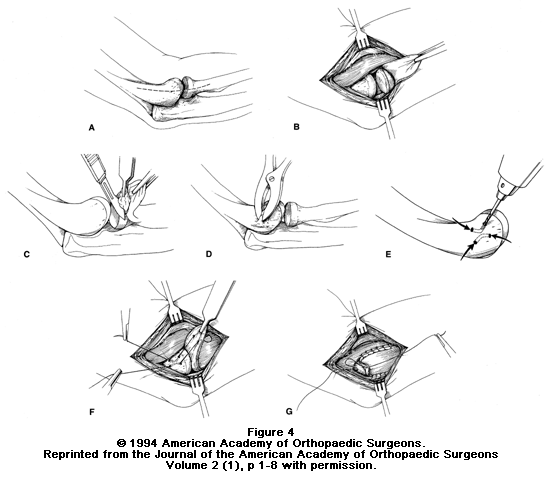Knee replacement surgery is also known as knee arthroplasty. This is a procedure that can help relieve pain of the knee and restore function of the knee joint. The knees develop osteoarthritis and other disorders that prevent them from bending appropriately.
During this knee surgery, the surgeon will remove damaged bone and cartilage from the thighbone, shinbone, kneecap, and surrounding areas and replace what is removed with an artificial prosthetic joint.
Today there are many good alternatives to the old crude hinges of yesteryear. You can have a metal alloy knee or one made with high-grade plastic and polymer. The surgeon performing knee replacement surgery in Seattle will decide which one is best for you based on your age, activity level, weight, and overall health.
What is arthritis?
Arthritis is means “inflammation of the joint.” Most people think of arthritis as the wearing away of joint cartilage. This causes severe inflammation and pain within the joint. When most of this cartilage is lost and the bone is exposed, we consider this osteoarthritis.
It is the “wear-and-tear” that occurs with age or athletic activities. Other types of arthritis are rheumatoid arthritis (a more severe type), gouty arthritis (more painful and less common), and lupus arthritis (uncommon).
What are the risks of knee replacement arthroplasty?
The risks of a knee replacement include: infection, knee stiffness, heart attack, stroke, nerve damage, or blood clots in the leg vein or lungs. Only around 2 percent of those undergoing this procedure will have serious complications, according to the American Association of Orthopedic Surgeons.
Who is a candidate for a knee replacement?
The most frequent reason for knee replacement surgery in Seattle is for the repair of joint damage caused by osteoarthritis and rheumatoid arthritis. You may be an applicant for knee replacement if:
– You have disabling pain. Individuals who need knee replacement surgery commonly have problems walking, stooping, climbing stairs, and getting in and out of chairs. These people also experience moderate or severe knee pain at rest. Surgery may be an option in this case.
– You have a knee deformity. Knee replacement surgery can be particularly helpful for people who have a knee that bows in or out or one that has lost function and shape from rheumatoid arthritis.
– You’re 55 or older. Knee replacement is normally performed in older adults, but it may be considered for adults of any ages. Young physically active people are more likely to wear out their new knees prematurely, so doctors try not to replace young knee joints.
– You have failed on other treatments. More conservative treatments are weight loss, physical therapy, a cane or other walker, medications, and braces. If these don’t help you, you may be a candidate for a knee replacement.
– Your general health is good. Conditions such as restricted blood flow, cardiovascular disease, diabetes, serious lung disease, cancer, or infections can complicate surgery and recovery. The ideal candidate will not be in poor health.
What are the alternatives to knee replacement surgery?
Knee replacement is typically reserved for patients who have tried all of the other treatments and failed with them. Some of these individuals are still left with significant pain during normal activities, regardless of what medication or treatment they have taken.
Patients who only have occasional pain, are who are able to participate in athletic activities may not need a knee replacement. Others who have not tried non-operative treatments are probably not ready for a knee arthroplasty, either.
Non-operative treatment options include: arthrocentesis, arthroscopy, cortisone injections, Synavisc injections, physical therapy, heat therapy, massage therapy, cartilage transplantation, specialized knee braces, and arthrodesis with knee fusion, weight loss, and oral medications.
What are the Contraindications of knee arthroplasty?
There are a few reasons your doctor would not want you to undergo knee replacement surgery in Seattle. These include but are not limited to: knee sepsis, severe vascular disease, recurvatum deformity with muscle weakness, extensor mechanism dysfunction, a remote source of ongoing infection, and the presence of a well-functioning joint.
There are also relative contraindications where the medical condition doesn’t make the procedure safe or effective. These include: obesity, neuropathic joint, past history of osteomyelitis of the knee, and skin conditions that affect the knee (like psoriasis).
Remember, total knee replacement is an elective and life-enhancing surgery. It is not a life-saving surgery. The decision to undergo total knee surgery is one you must make once you are informed and well-educated on the alternatives, risks, and complications. It is important that you be aware of your options and be realistic with your expectations.

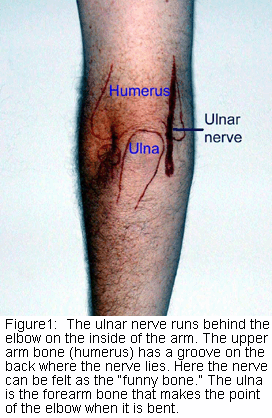 Description
Description 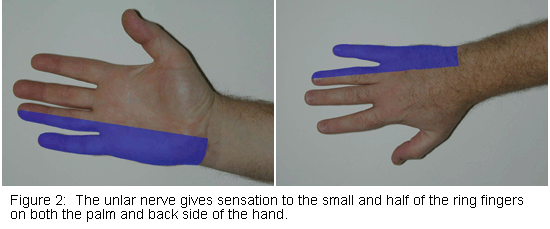
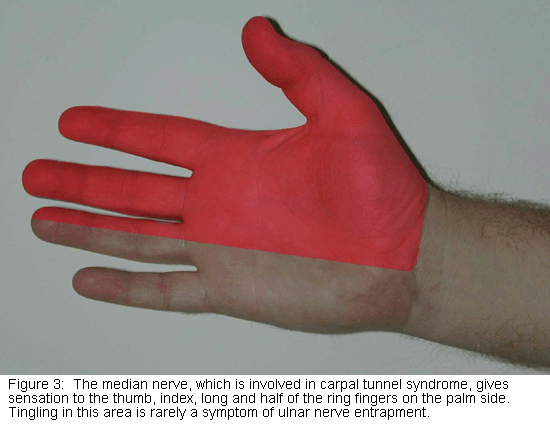
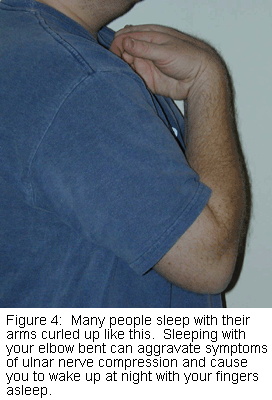 Treatment Options
Treatment Options 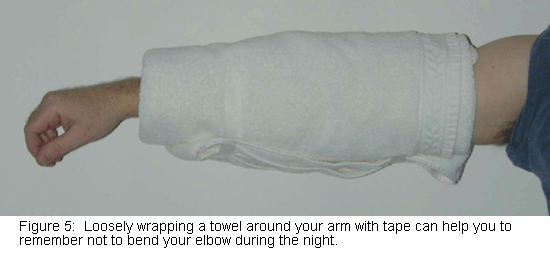
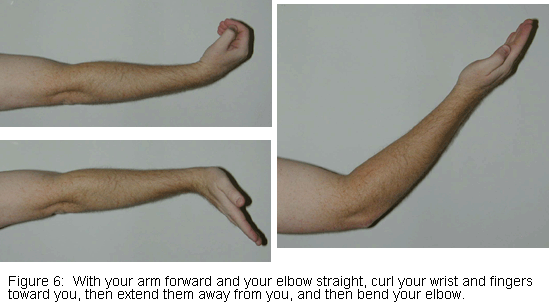
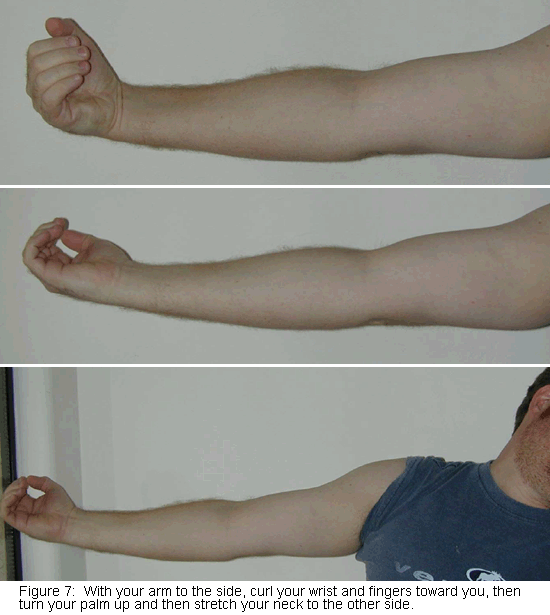
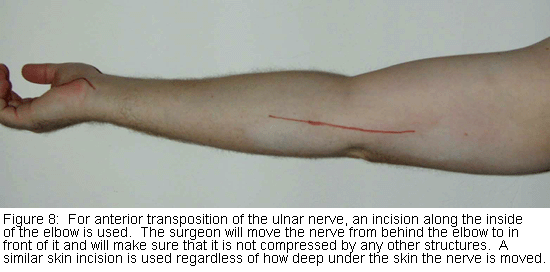
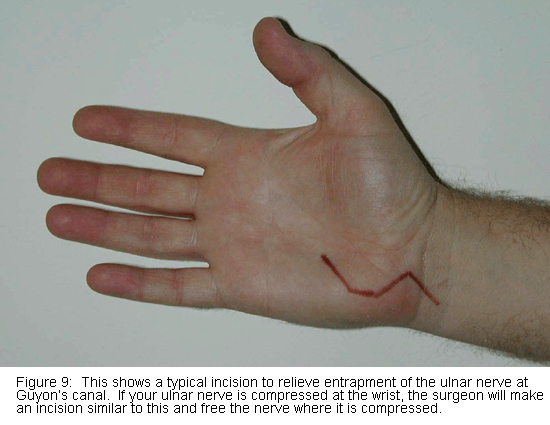
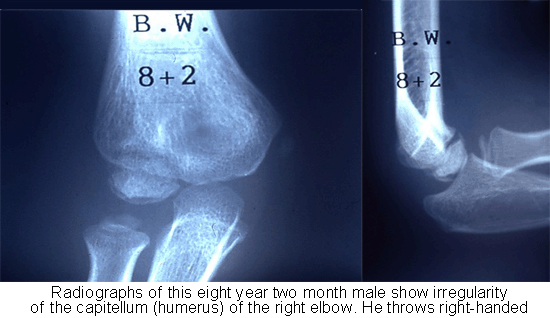
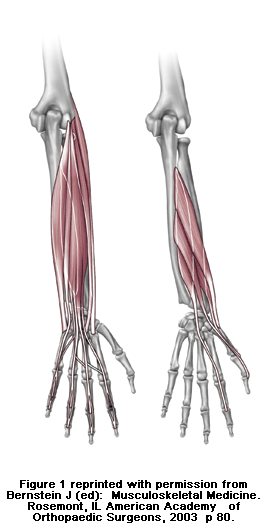 Description
Description 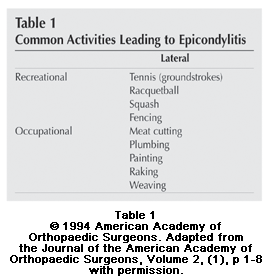 X-rays are not necessary. Rarely, MRI (magnetic resonance imaging) scans may be used to show changes in the tendon at the site of attachment onto the bone.
X-rays are not necessary. Rarely, MRI (magnetic resonance imaging) scans may be used to show changes in the tendon at the site of attachment onto the bone.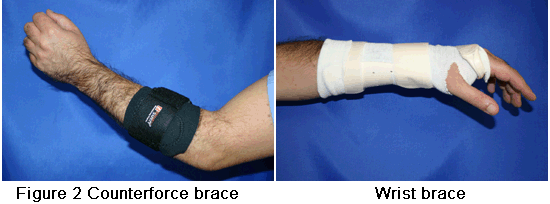
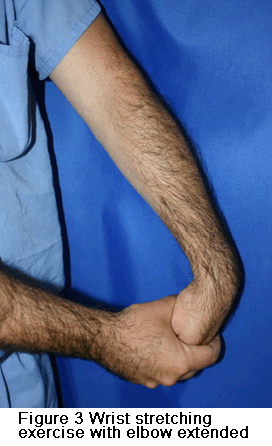 After pain is relieved, the next phase of treatment starts. Modifying activities can help make sure that symptoms do not come back. The doctor may want you to do physical therapy. This may include stretching and range of motion exercises and gradual strengthening of the affected muscles and tendons (see Figure 3). Physical therapy can help complete recovery and give you back a painless and normally functioning elbow. Nonoperative treatment is successful in approximately 85 percent to 90 percent of patients with tennis elbow.
After pain is relieved, the next phase of treatment starts. Modifying activities can help make sure that symptoms do not come back. The doctor may want you to do physical therapy. This may include stretching and range of motion exercises and gradual strengthening of the affected muscles and tendons (see Figure 3). Physical therapy can help complete recovery and give you back a painless and normally functioning elbow. Nonoperative treatment is successful in approximately 85 percent to 90 percent of patients with tennis elbow.